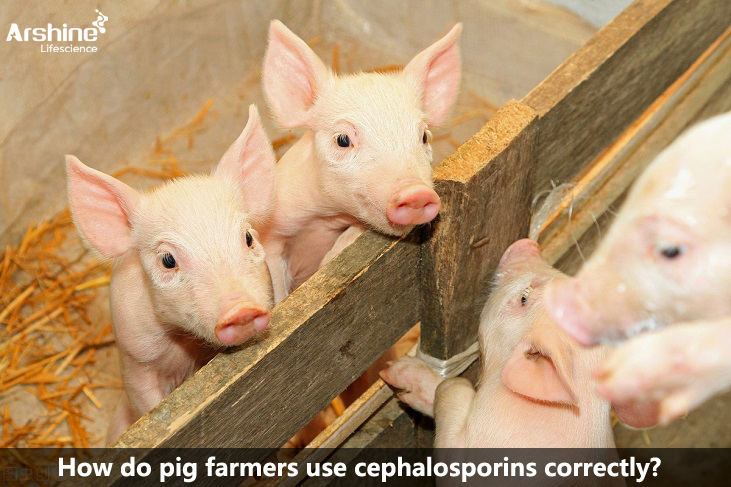

Pig farmers and the correct use of cephalosporins
If someone asks which drug is most commonly used in pig farming, the answer is definitely cephalosporins. However, many people still do not use cephalosporins correctly. What do we mean by third-generation cephalosporins? What about fourth-generation cephalosporins?
What's the difference between cefquinome and cefoperazone? What are the differences between cephalosporin powders and suspensions? When should you choose which type of cephalosporin? Do you really know?
This article will explain it clearly. Cefquinome belongs to the third generation of cephalosporins. It was the world's first cephalosporin developed specifically for animals, with no animal-specific options in the first two generations of cephalosporins. Cefquinome has a broad spectrum of antibacterial activity, strong bactericidal effects, is resistant to penicillinase, and causes fewer allergic reactions than penicillin, which is why it is widely used in pig farming. Cefquinome exists in three forms: cefquinome sodium, usually in 0.5g or 1g powder form, which dissolves easily in water. We can dilute it with saline, Isatis root, Scutellaria baicalensis, Forsythia suspensa, and others. A 1g dose of pure cefquinome powder can treat approximately 200 kilograms of pig body weight. The second form is cefquinome hydrochloride, which does not dissolve in water, so what we generally see is a suspension of cefquinome hydrochloride.
The third form is cefquinome sulfate, such as Pfizer's Excell, which is cefquinome sulfate crystal. It has excellent efficacy and a good price.
Cefoperazone belongs to the fourth generation of cephalosporins, also the latest generation. Currently available on the market are cefoperazone sulfate powders and cefoperazone sulfate suspensions. Compared to powder injections, suspensions generally contain sustained-release agents, making them more effective and longer-lasting. Cefoperazone has three advantages over cefquinome. First, it has greater penetration of bacterial cell walls, making its bactericidal effect stronger. Second, it has lower resistance. If you find that cefquinome is not effective after prolonged use, switching to cefoperazone may yield better results. Third, it has a broader antibacterial spectrum, meaning it can kill a wider range of bacteria. Despite these advantages, cefoperazone has one drawback: its shorter duration of action.
So how do we correctly choose the type of cephalosporin in pig farming? If you are giving three preventive injections to piglets, it is recommended to choose cefoperazone hydrochloride or cefquinome sulfate, as they have longer-lasting effects and are more suitable for preventive care. If treating pigs for emergencies such as sudden fever or postpartum inflammation in sows, it is recommended to use cefquinome sodium powder, which acts more quickly. If treating diseases like streptococcus in pigs, you can start with cefoperazone hydrochloride; if results are unsatisfactory, switch to cefoperazone. Nowadays, many pig farmers use cefoperazone for postpartum inflammation in sows, but personally, I don't think it's necessary to use such potent drugs because cefoperazone is the latest generation of cephalosporins. If resistance develops over time, what medicine will you use when your pigs get sick?
Finally, it's important to remind everyone that while cephalosporins are widely used, they are definitely not omnipotent. They are ineffective against diseases like mycoplasma pneumonia, for which specific drugs like tulathromycin, kanamycin, and tylosin are needed.
Add: Block 14, No.100, Luyun Road, Changsha 410205, Hunan, China.
Email: info@arshinevet.com
WeChat: +8618874001228
WhatsApp: +8615697311407
Tel:86-731-82294958